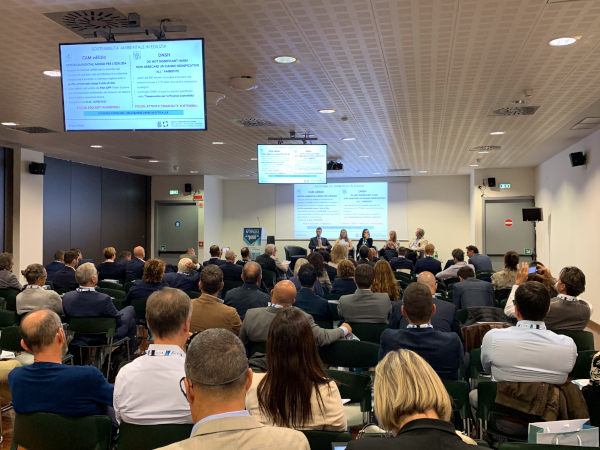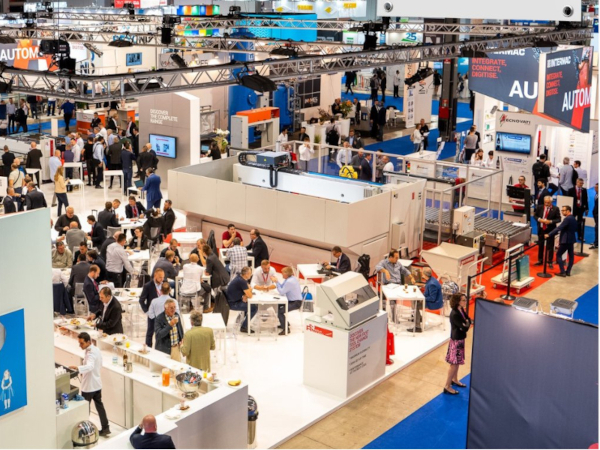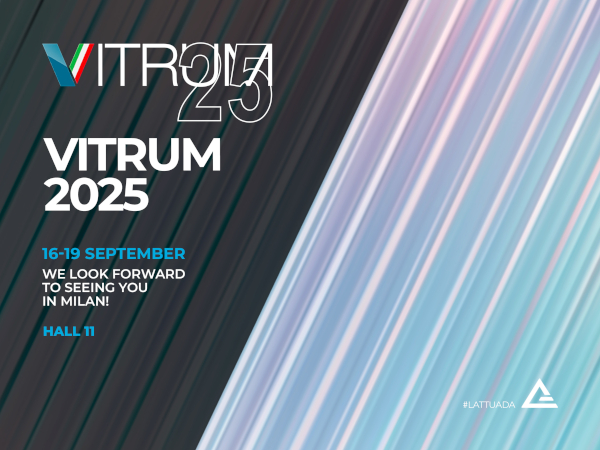Date: 2 October 2015
The result has been very interesting projects, among which the Flow lamp (below), now a demonstration prototype.In the photo (below) a step in the development of the prototype, with Prof. Andreoni, Mr. Torricelli from Vetrolamp and a student.
While the final part of the GLASS, THE GREAT UNEXPECTED exhibition deals with research and experiments focusing on energy savings and clean energy production, a particularly interesting appendage by the Polytechnic University of Milan looks at the innovative use of glass from a completely different perspective. It does not aim to probe into the study and development of new glass processing technologies, a field requiring major investments that are the prerogative of large industrial groups, but wants to present new applications in glass using the avant-garde technologies that are already available.
The goal is to single out new ways of relating with glass objects or tools, made possible by the significant developments achieved by technology and digitalization in our industry too.

This work was carried out at a workshop organized by the Polytechnic of Milan – Department of Design and by the University of Applied Sciences of Freiburg, involving 50 students who were divided into 13 working groups. They were asked to design new products or tools that could convey information and feelings, either directly or indirectly, in their different fields of use. The further enhancement of glass as a material was entrusted to electronic technologies or new processing methods. A total of 13 projects were singled out to be displayed to the public.

This major training and education project was held personally by Associate Professor Giuseppe Andreoni at the Milan Polytechnic School of Design: with Vitrum and the exhibition due to open shortly, we asked what he thought about this experience.
Professor Andreoni, have you ever organized a workshop for your students using glass as the main material?
No, it was the first time. And like every first time, it was a discovery trip: we came to know a material that lends itself perfectly to blending tradition with innovation in such a way that even the most conventional uses can feature something that is decidedly innovative. We were able to experiment with new applications in glass and lighting technologies, measuring time, in the home, and a host of other applications.
At the end, 13 projects were chosen from among the many projects that were presented, one from each group. How was the final decision made?
It was a joint effort that fostered general growth. All the projects were approved by the commissioning organization -- Vitrum – that acknowledged that the students had understood the task assigned to them and the effort they had put into it. The choice fell on the ideas that were truly innovative but that could also be developed and take concrete shape. This is perhaps what had us most excited: having helped to draw young people closer to the working world, and especially glass processing which they knew very little about. When you get down to it, this is our mission: have students discover new professional and applications opportunities for the subjects they are studying but also provide companies with an opportunity to be innovative and creative by meeting with the university and young designers.
Among the 13 projects on show, one working prototype in particular was developed. This prototype is on display without its final features and functions which are possible only after a complete industrialization study. It is the Flow lamp, with a soft, evanescent design and remote controlled lighting at the touch of a finger. It was thanks to all the efforts of the Vetrolamp company on the outskirts of Milan (www.vetrolamp.net), and the passion and commitment of Giantito Baldi that the lamp was developed. Baldi is a great expert with an in-depth knowledge of the glass industry where he has been working since 1962, with an impressive lineup of national and international experiences. As a technical consultant for the workshop we wanted to hear his point of view as well.
Mr.Baldi, what is your impression of the students who took part in the Polytechnic workshop?
I immediately had the clear impression that I had some intelligent, knowledgeable, down-to-earth, never haughty people in front of me. Kind and perspicacious, nice young people who really surprised me.
How much did they know about glass and its processing possibilities?
They didn’t have any experience in this field. After this adventure with Vitrum, I would therefore very much like to organize a meeting with the students and some companies to show how glass is actually processed. They know everything about the future, but not about glass.
What difficulties did you come across when developing the Flow prototype and how did Vetrolamp help?
The help of Vetrolamp was fundamental: they started with the simple rendering of the students and took it from there. They shaped the sheets, curved them using a frame that had been made specifically for this purpose, with flaw-free processing (flaming). It was a great demonstration of artisan artistry, which is one of the strengths of Italian processing. The Flow lamp is now ready for industrialization and the credit goes to the students who came up with the idea and to Vetrolamp which demonstrated its feasibility.
Mr.Baldi, be honest: would you repeat this experience?
If only I could, I would repeat this workshop every week. It was very gratifying: at the beginning I was more intimidated than the students…









Add new comment